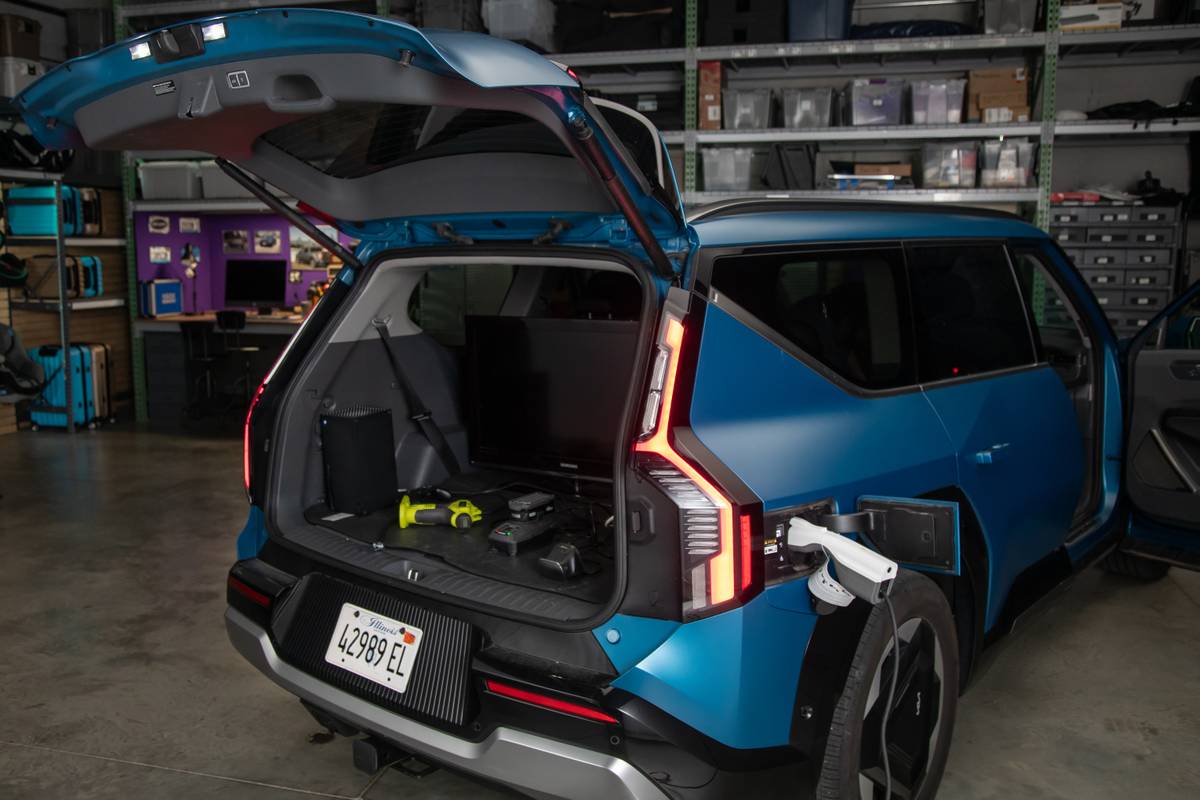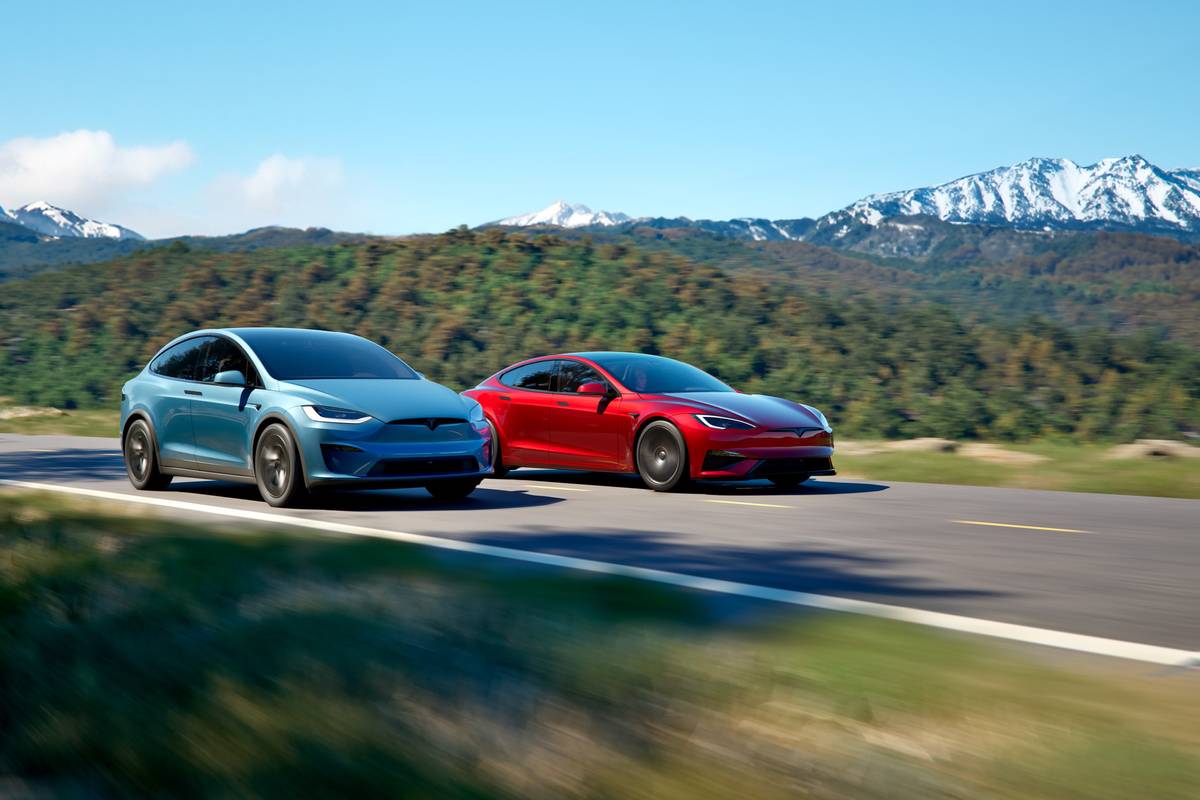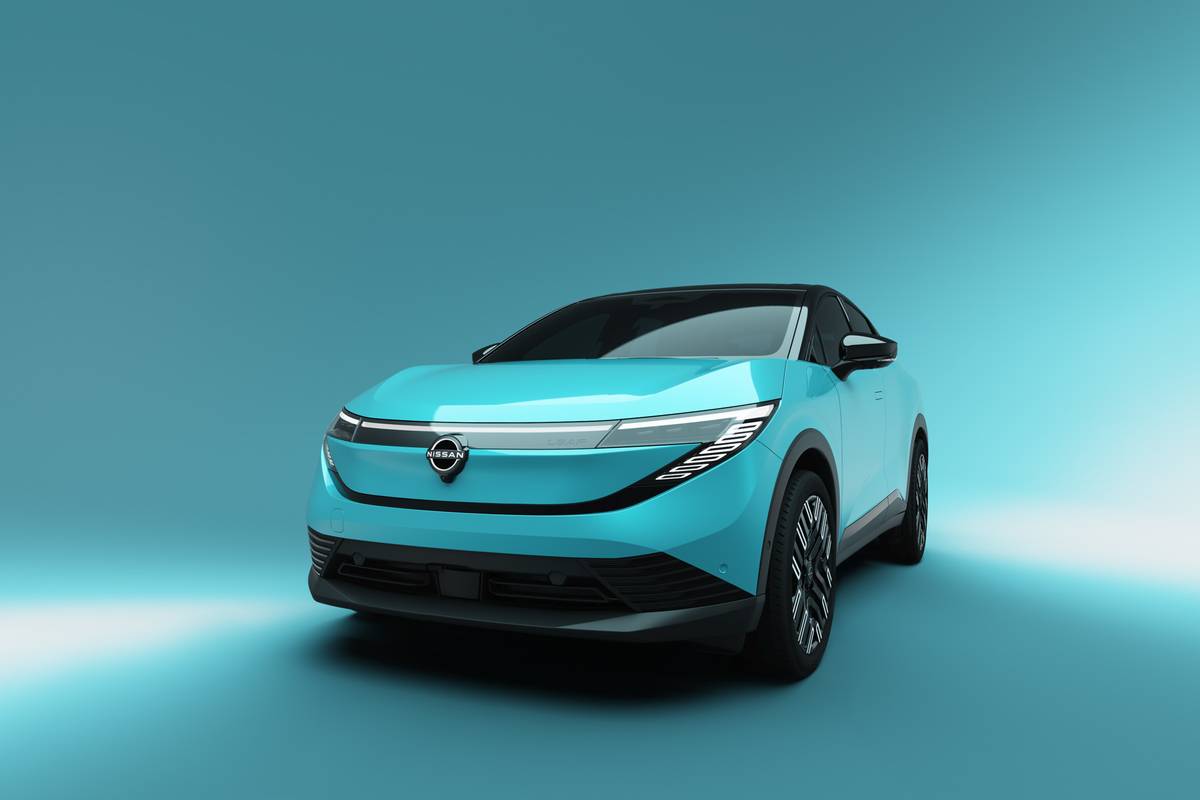The Morning Call and Mcall.com's view
I remember the summer of 1984 vividly. Still in school, and being a carguy, I took a summer job at an auto rental agency managed by a beautifulwoman. She was wonderful to work for, and just as my mind turned to asking herout, I discovered in casual conversation that she had a really big boyfriend.Aside from his imposing physical presence, I remember her nickname for him –Rambo.
She dated him for his bod, not his brains.
So it is with the Pontiac Grand Prix, a sexy, muscular sedan that bulges inall the right places. If it doesn’t do it with all the finesse of itscompetition — well, that’s beside the point.
The Grand Prix is the sportiest iteration of GM’s new-for-’98 mid-size linethat includes the Oldsmobile Intrigue and Buick Century. Its intentions standout in a sea of soap-bar inspired mid-size cars. But there’s an eloquence inthe thin greenhouse pillars nestling into the protruding fenders that letsthis car speak with a voice missing from the lame looks of the previous model.In many ways, the four-door sedan looks as good as the two-door coupe, ararity and a point of pride for GM stylists.
The styling is strong enough to account for a 56 percent sales increaseover the previous model.
There are two sedans, the SE and GT. This test covers the entry-level SE.
Standard on the SE is a 3.1-liter V6 engine that sees duty in too many GMcars. It’s worth the extra $415 to upgrade to the optional 3.8-liter V6,standard on the GT. Aside from an extra 35 horsepower, the 3.8-liter engine(dubbed 3800 in GM-ese) is a much smoother mill, with even power on tap at alltimes.
This engine is used in much larger, much heavier GM cars, so it makes thesomewhat lighter Grand Prix fast and fun. Those who think too much power isnever enough can opt for the GTP package, which throws in sportier handlingand a 240-horsepower supercharged version of the 3800. Wheeeeeee!
But most drivers will find the regular 3800 powerful enough. And eventhough sportier handling packages are available, most will find the SEsporting enough. The four-wheel independent suspension uses gas struts upfront and a tri-link design in the back. The ride is firm with someforgiveness. Only those who can stand to be pounded, while traversingPennsylvania’s poor excuses for roads, should opt for the GTP and its sportiersuspension setup.
Needless to say, this car is fun to drive, with good, quick steering andzero body lean. With the 3800 under the hood hooked to GM’s smooth-shiftingfour-speed automatic transmission (the only one available), thisstreet-fighter can carve through corners with surprising ease despite itswidth. But it’s not the silkiest in terms of overall ride quality. This iswhat made me want to name it Rambo, which instantly sent my mind racingbackwards.
Traction control and four-wheel anti-lock disc brakes help keep Rambo’spower in check, something you’ll want in foul weather.
Inside, you’ll find just wha t you’d expect from any mid-size car. Powerwindows, mirrors and automatic door locks are standard, along with airconditioning. This will be enough for the budget-minded, given this car’s$18,795 base price.
For those who want more, GM offers many conveniences. Keyless entry, atheft-deterrent system, steering-wheel mounted radio controls, leatherinterior and a rear child-safety seat are all available, along with the usualstereo upgrades. Unique to GM, and Pontiac in particular, is a heads-updisplay that shows the speed and other major functions in hologram form in thewindshield. Once you try it, you’ll wonder how you ever did without it.
The instrument panel’s design mirrors the exterior, with an extrovertedlook to its functional layout. Some of the parts, molded in GM’s typical lightgray, have a cheap feel to them. This is especially true of the climatecontrols. The rotary knobs feel light with weak stopping points that seem asthough they’ll break a ny minute. But th e climate control worked with typicalthoroughness.
The audio system was the standard GM upgrade with decent sound and greatimaging. The system contained an AM/FM stereo, cassette player and in-dash CDplayer. The imaging was particularly good.
The only real distraction on the dash, aside from its garish red lighting,was a pictogram of a car that’s always lit and is supposed to display when adoor is open, etc. It’s more annoying than useful.
The seats were awful. The front buckets were lumpy and, despite lots ofbolsters, proved more painful than anything else. The rear seats were too lowand uncomfortable, continuing an unwelcome tradition from the previousversion. Worse yet, the lumbar knob on the front bucket seat is too large, andhits the knees of long-legged passengers.
Other annoyances include GM’s multi-function turn signal stalk that shouldbe junked, and steering-wheel mounted audio controls that are too easy to hitaccidentally while driving.
But overall, this sedan improves upon previous renditions and, despite itsblue collar leanings, is fun to drive — even though it is a little rougharound the edges.
But then, I never saw Rambo wear a tux.
1998 Pontiac Grand Prix SE sedan Standard: 3.1-liter overhead-valve V6, four-speed automatic transmission,P205/70R15 tires, power rack and pinion steering, stainless steel exhaust,traction control, dual front air bags, four-wheel anti-lock disc brakes,automatic power locks, power windows, fog lamps, power mirrors, 15-inchbolt-on wheel covers, air conditioning, intermittent wipers, tilt wheel, AM/FMstereo, front bucket seats with console, rear defogger. Options: Package 1C (remote decklid release, cruise control, AM/FM-cassette stereo, overhead console, rear seat pass-through, leather-wrappedsteering wheel with integrated radio controls, power driver’s seat, cargo net,keyless entry, P225/60 R16 tires with aluminum wheels, 3.8-literoverhead-valve V6, premium sound system. Base price: $18,795 As tested: $21,715 EPA rating: 19 mpg city, 30 mpg highway Test mileage: 21 mpg Competitors: Dodge Intrepid, Toyota Camry, Nissan Maxima, Ford Taurus,Mercury Sable
Latest news



